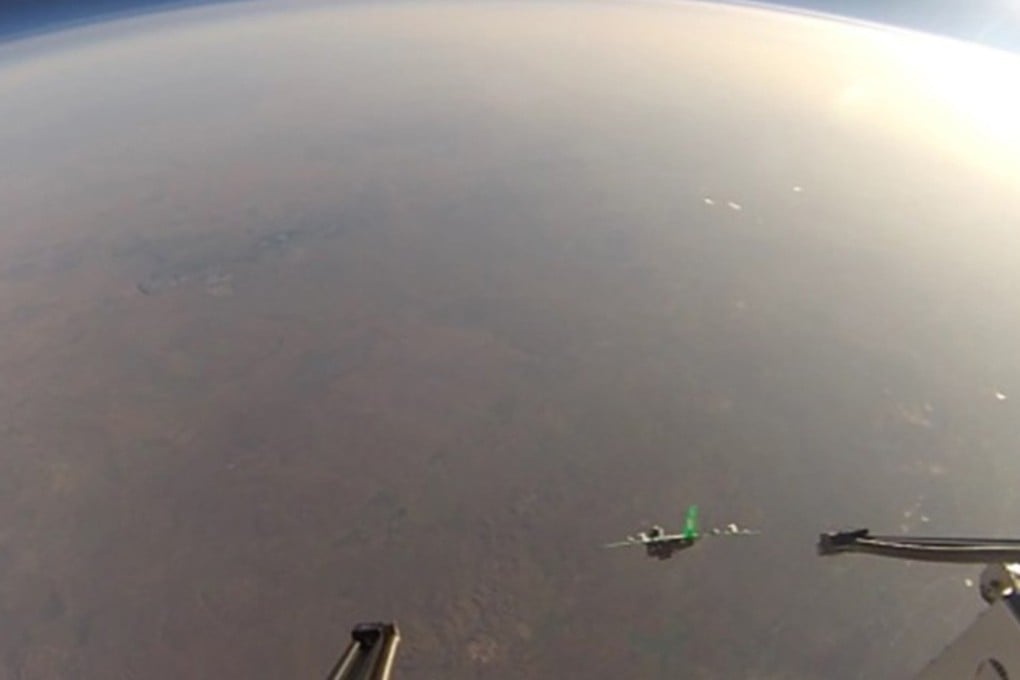Exclusive | China tests new spy drones in near space ‘death zone’
High-altitude unmanned vehicles tasked with military intelligence gathering can fit inside a shoebox and cost just a few hundred yuan

High-altitude spy drones could help China dominate “near space” – a region of the Earth’s atmosphere that is at the heart of a modern-day space race.
Near space, which begins at about 20km above sea level, has until now been regarded a “death zone” for drones – thin air at this altitude makes it hard to generate lift, while extremely low temperatures mean electronic components like batteries are prone to fail.
However, a new type of Chinese-developed drone that is undergoing testing appears to have overcome such difficulties, marking a significant step towards China’s ambitions of exploiting near space for purposes of military intelligence.
China pips US in race to start the world’s first meltdown-proof nuclear power plant
Near space has long been seen as a promising frontier for intelligence services, but has remained relatively untapped because it is too high for most aeroplanes to operate, and too low for satellites.
The goal of scientists is to develop a durable near space vehicle capable of observing large areas for weeks, months or even years on end. Drones, which would cost just a fraction of what a satellite with comparable abilities would cost, are seen as one of the best ways of reaching that goal.
Until now, the Northrop Grumman RQ-4 Global Hawk, limited to an altitude of about 19km, has been the highest flying drone in use.
